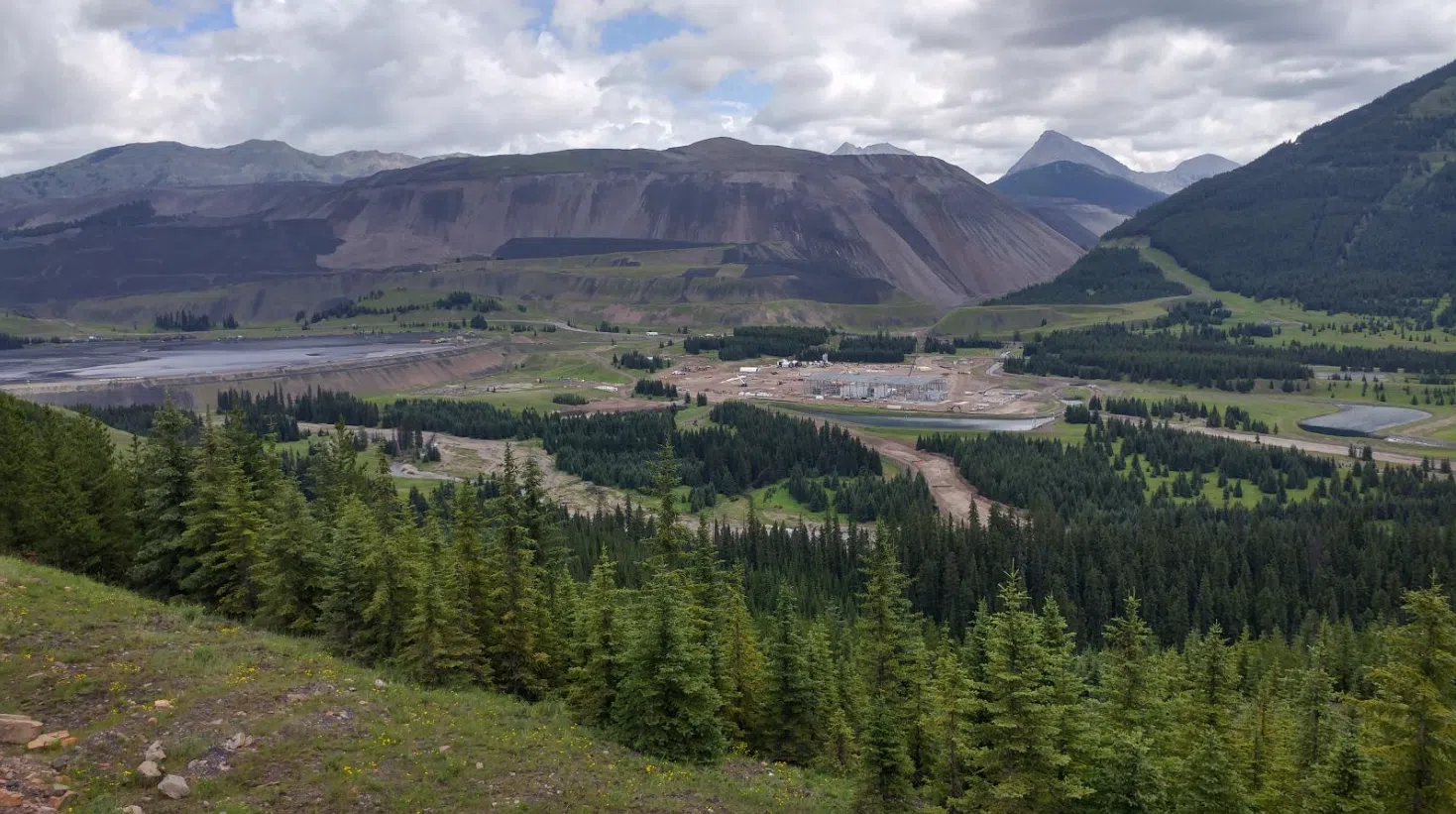The B.C. government has now updated its plan to improve water quality in the Elk Valley – nearly 30 years after researchers found harmful changes in the region’s watershed.
In 2014, the province developed the Elk Valley Water Quality Plan to mitigate the impacts of mining on water quality.
With its first update since conception, new expectations, goals and guidelines have been outlined with the help of First Nations and other stakeholders.
“The amendment strengthens the ministry’s commitment to protecting the environment and wildlife in the Elk Valley, while supporting an industry crucial to the communities and economy of the region, province and country,” wrote the Ministry of Environment and Parks in a release.
Mining in the region began in 1898, but it wasn’t until 1995 that increasing levels of selenium, nitrate and sulphate were found in the Elk River.
High amounts of these natural substances can harm people and the environment, even hardening stream bottoms to make them less useful for aquatic life.
Managing these levels involves the construction of more than 10 water-treatment facilities, with four more on the way by the end of 2027.
Elk Valley Resources has invested more than $1.5 billion since 2014.
You can find more information about the water treatment plan online through the B.C. government.











